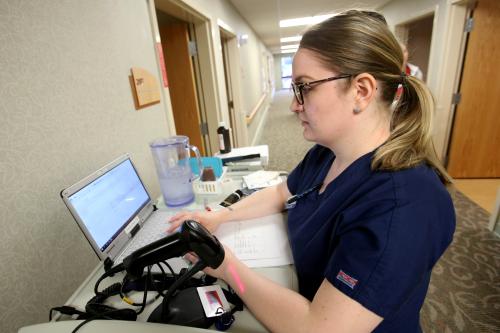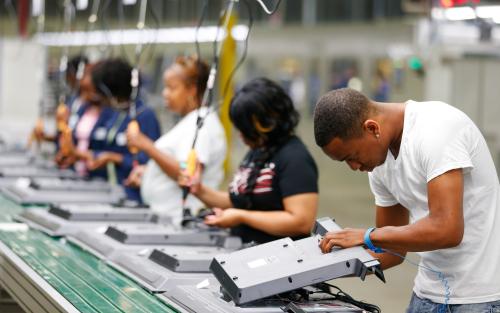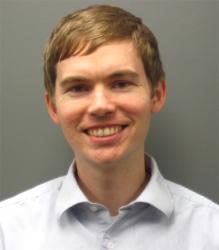Why does occupational licensing exist? The two standard explanations are the “public interest” and “public choice” accounts. The first focuses on the risks to public safety that may arise from unlicensed work and characterizes occupational licensing as a necessary policy response to such dangers. The second emphasizes the self-interested behavior of practitioners who seek licensing to raise their wages at the expense of consumers; in its simplest version, workers lobby for licensure in the absence of any real safety risks.
That second explanation aligns with a number of empirical findings: the existence of licensing, and also its strictness, are associated with lower employment and higher wages for licensed workers. Licensing exists in some occupations for which unregulated practice would seem to pose little risk to public safety. Indeed, evidence of safety improvements caused by licensure is difficult to find. And the strongest advocates for new or stricter licensure are usually practitioners and their associations, rather than consumers. Clearly, the public interest account is (at a minimum) not the whole story when it comes to occupational licensing.
Nevertheless, in a new article published in the ALR Accord, we caution against overreliance on the public choice account. For one thing, it ignores other important dynamics that play a role in the development of licensure. For instance, as the training required in an occupation becomes more complicated, practitioners may organize and create useful institutions—such as professional schools and certifying bodies—that help to raise quality standards and give consumers more confidence in the profession. On their own, these institutions do not necessarily inhibit competition. Nonetheless, once an occupation has these institutions, it is only a short step of legislative action away from becoming licensed—it already has all of the conditions that make it easy to lobby for and implement licensure. In other words, the organizational process leading to licensure may produce broader benefits to the public, even if the licensure itself is undesirable.
The public choice account is also more dismissive of legitimate threats to public safety than the evidence supports, at least in certain fields. It is true that most research does not find that licensing restrictions improve quality. However, this research tends to focus on incremental differences in licensing restrictions or on occupations that are not universally licensed (for which one might reasonably assume the public safety justification for licensing is less strong). By contrast, two studies that do attempt to evaluate the initial introduction (many decades ago) of licensing laws for previously unregulated health care professions find that licensing has led to quality improvements.
Overreliance on the public choice account distracts from a range of needed licensing reforms. It does so in two ways: First, the standard public choice account tends to emphasize professions such as florists and horse masseuses, for which the public interest rationale seems implausible, but which do not make up a large fraction of workers. This emphasis obscures the fact that some of the most important and consequential harms of licensing occur in traditionally licensed fields such as health care and law where there is a stronger justification for licensing—but where licensing rules are often overly burdensome or poorly designed.
Second, an exclusive focus on the public choice account also makes it difficult to formulate appropriate policy responses in fields like health care. In these fields, there is broad agreement that licensure of some kind is merited by public safety risks and the difficulty of evaluating quality; and yet, the current licensure system is still working poorly. For example, nurse practitioners and physician assistants are prohibited in many states from working to the full extent of their competency, thereby diminishing patients’ access to care. Addressing how occupations are licensed—not just whether they are licensed—is therefore especially crucial. But arriving at good answers to the question of how occupations should be licensed requires grappling with the legitimate public interest rationales for licensure in these fields.
Getting occupational licensing policy right is important for workers, consumers, and the broader economy. Doing so requires that we understand the full range of explanations for how and why licensing has developed. In some instances, the public interest explanation is appropriate; in others, a public choice explanation is suitable; and in many instances, elements of both explanations apply. As policymakers consider licensing reforms, they should focus on the occupations for which reforms would be most valuable and consider ways to improve licensure—not just get rid of it.






Commentary
What explains occupational licensing?
April 26, 2019